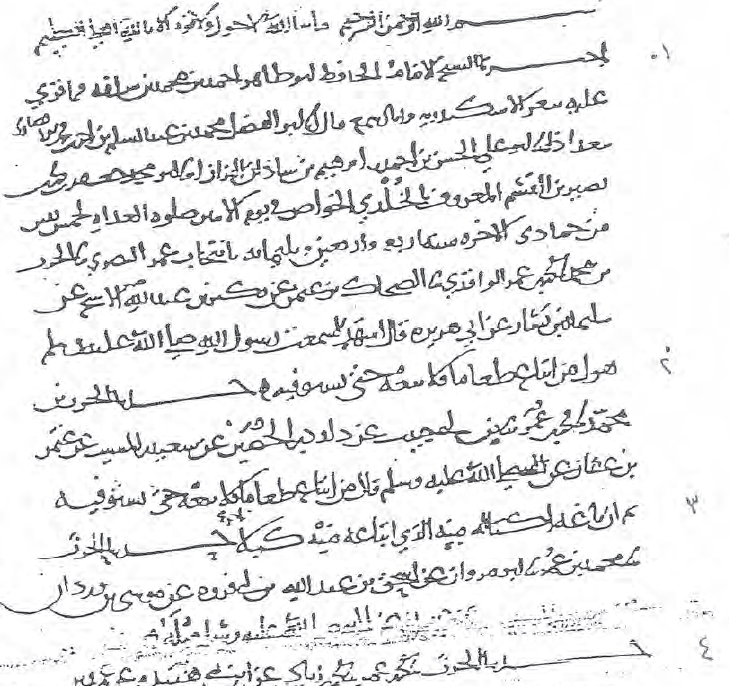Digital Sufism / التصوّف الرقميّ
Despite being the subject of well over a century of scholarly interest, the earliest periods of Sufi activity remain poorly understood. Indeed, so little light has been shed on this matter that the judgment of R.A. Nicholson (1914) - “The truth is that Sufism is a complex thing, and therefore no simple answer can be given to the question how it originated [...]” – remains virtually unchanged in the estimation of Christopher Melchert (2014): “By a process not yet convincingly mapped in detail, there arose in the mid-ninth century a mystical trend, identified in Iraq with persons called Sufis.” The reasons for the lack of progress are many, but this website is designed so as to address three of the major impediments.
